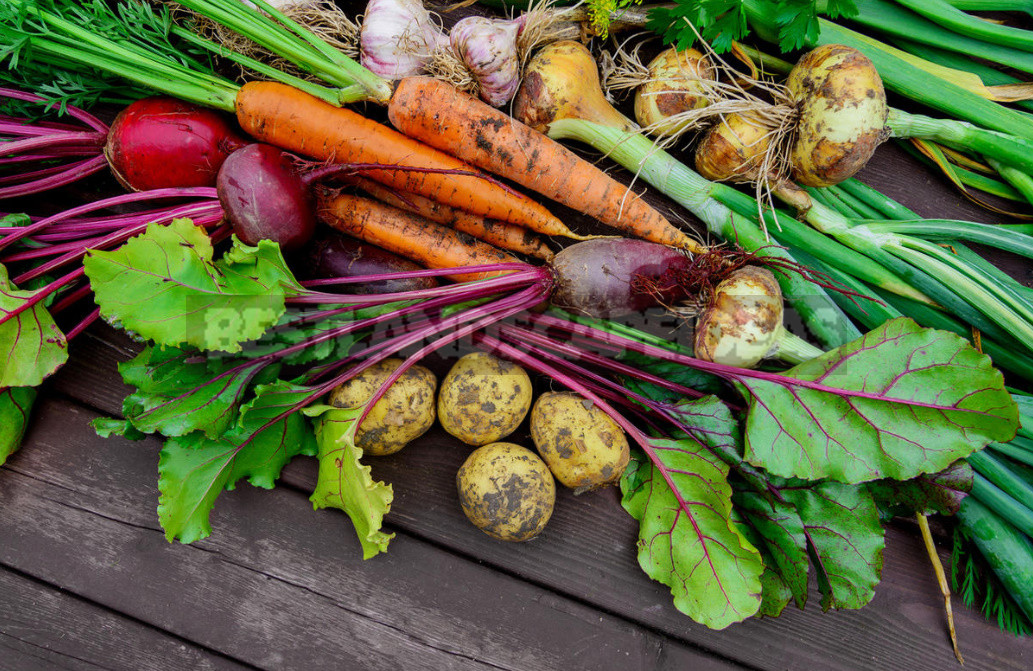
Root vegetables
Very differently behave when storing roots. After harvest, the ripening process they have is a long time.
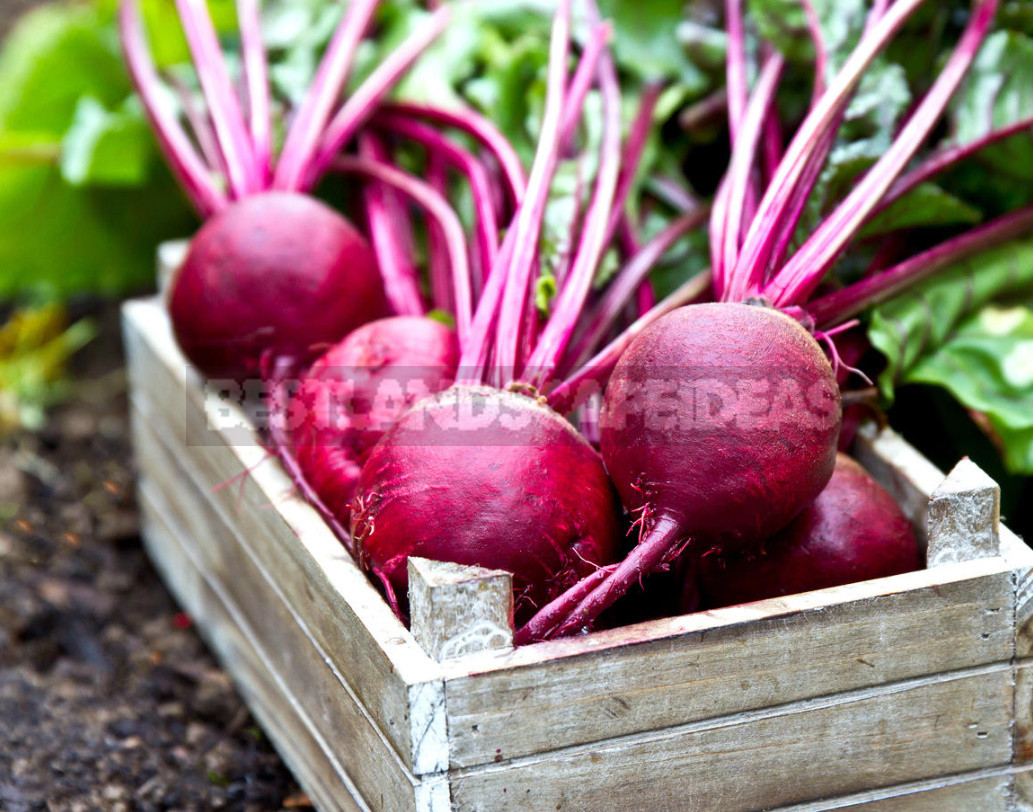
After a certain period comes the peak of the highest nutritional value, and then begins a sharp deterioration in taste and useful qualities, for example, carrots are well stored only until March, beets – until April, even in a cool cellar.
Cabbage is not easy to save
Especially it is difficult preserve such as cabbage. This requires a real basement or cellar and varieties designed for long-term storage.
When storing the heads, heat is released as a result of an intensive process of hydrolysis of starch. Ventilation helps here, otherwise one diseased head can ruin the entire crop. In addition, both the head and the stalk grow in the store, but the stalk grows more slowly, which leads to the “turning out” of the inner leaves of the head.
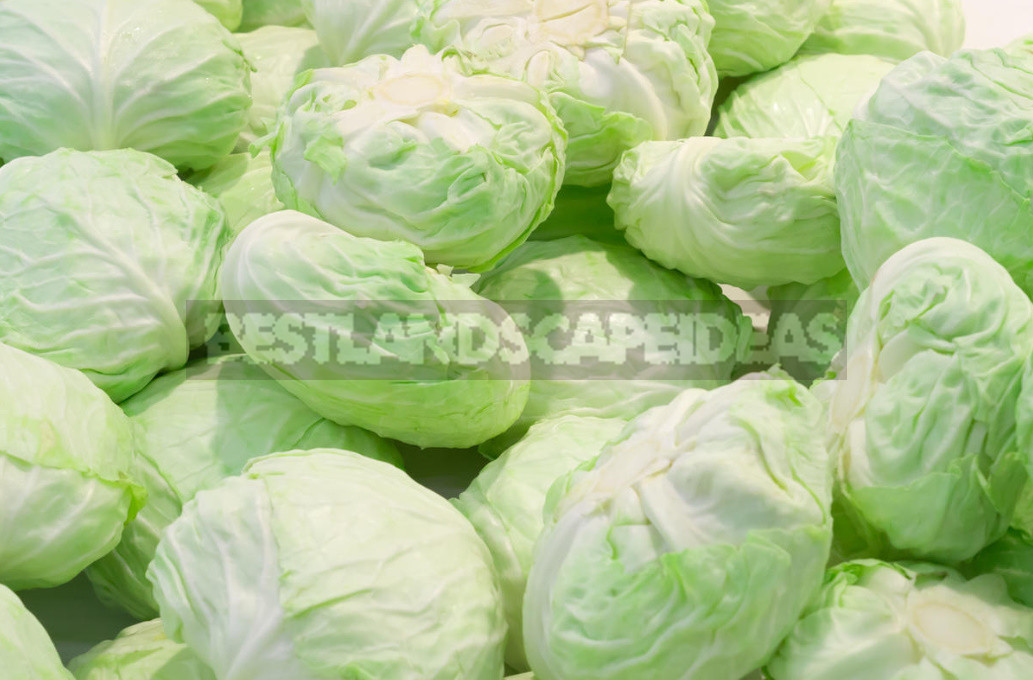
Each head should be wrapped in a newspaper. In such of advisers such as cabbage can be to store and between frames on-year window, if allows distance between glasses.
The appearance of black spots in the spring inside the head is explained by the introduction of excessive doses of nitrogen during cultivation. On the taste and useful qualities of the product is almost no effect. When using the head, it should be “undressed”, gradually removing the leaves, and not cut off part. Then the rest of the “stripped” head will be stored much longer than the cut.
Features of onion storage
The success of storing the harvest of onions is in good drying. If the weather is pumped up and the harvest was damp and cold, then lay the onion, without lifting the pen in the kitchen on top of the cabinets for a couple of weeks. The bulbs will ripen well, and then, braided, will decorate your kitchen until spring.

Even better, immediately after harvesting onions in wet weather, it is completely cleaned from the husk, cutting the roots without touching the bottom, as well as the feather, leaving no more than 2-3 cm.Then, it is necessary to decompose the onion to dry in one layer in a warm, well-ventilated room.
After 2-3 weeks, the onion will dress in a new Golden shirt in one layer. After that, it can be removed for storage, folded in cloth bags and hung next to the heating battery.

The best storage temperature of onions in the apartment is +18… + 25°C. in storage, onions are stored at a temperature of about +2…+4°C. if it is stored in the temperature range from + 4 to +18°C, then after planting it will necessarily give an arrow.
Pay more attention to whether the turnips onions thick neck. Such bulbs are not subject to storage, they should be used primarily, for example, for winter preparations.
An easy way to store garlic
It is only necessary to soak a cloth bag in a strong solution of table salt, dry it and put in it the well-dried garlic heads, then remove to a cool place, for example, to hang at the glass on the window frame behind the curtain. Winter garlic varieties perfectly preserved until the spring.

Storage of pumpkin crops
Courgettes and pumpkins should ripen well, it is especially important that in the last month of their growth there was no rain, respectively, they should not be watered too much. These plants came to us from the dry steppes and semi-deserts. Excess moisture in the cell juice leads to rotting of the tip of the fruit.
If it rains before harvesting, the fruits will be poorly stored, it is better to process them immediately for winter preparations or during the rains to put over them a tunnel film shelter on the arcs, leaving the ends of the beds free from the film for ventilation, otherwise the leaves may appear white plaque – powdery mildew.

Courgettes are best stored in a vertical position on the outer wall, away from the battery. Pumpkins can be stored on cabinets, on top of refrigerators or under the bed directly on the floor. Pumpkins and courgettes are removed with a large “tail” up to 3-4 cm long.
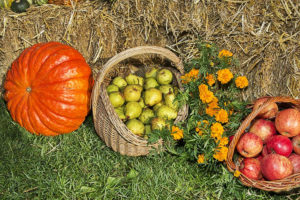
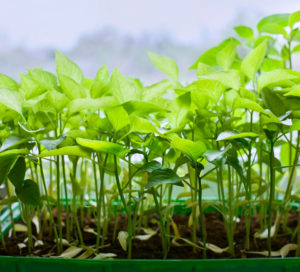
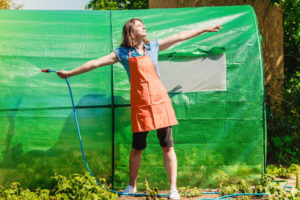
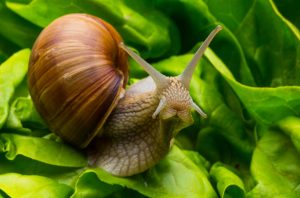
Leave a Reply